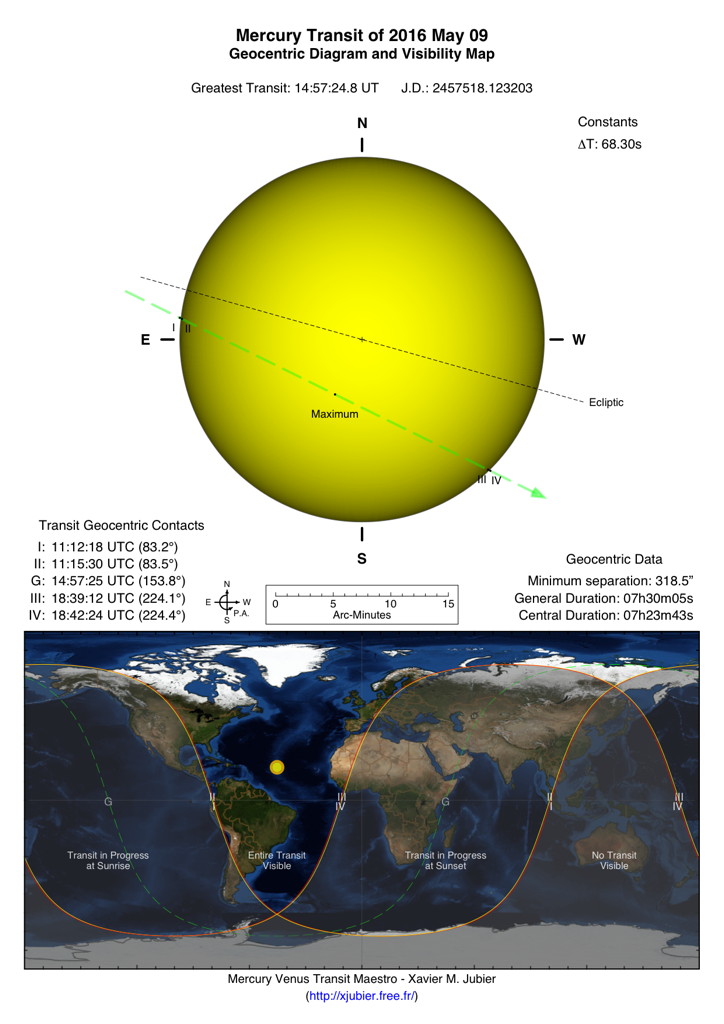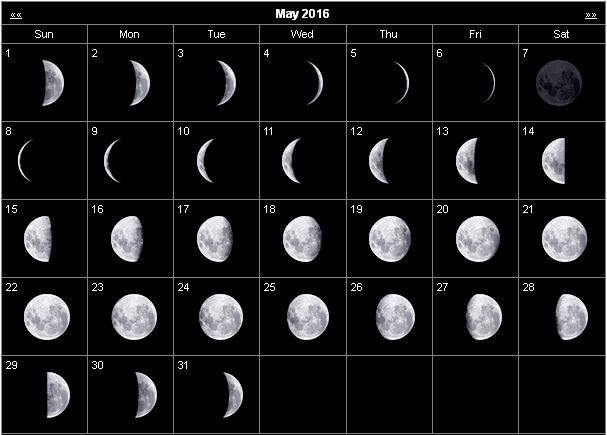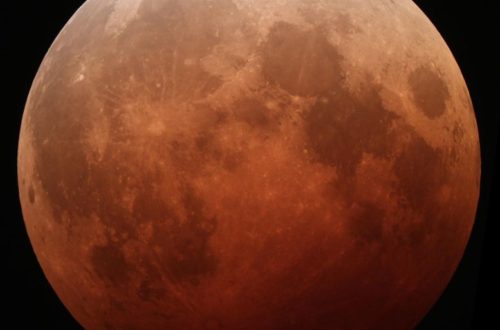Monthly Stargazing Calendar for May 2016
Looking for the May 2025 stargazing calendar?

Early this month on the night of May 5 and 6 the Eta Aquarids meteor shower will peak. It is an above average shower, capable of producing up to 60 meteors per hour at its peak, however most of the activity will be seen in the Southern Hemisphere. In the Northern Hemisphere, the rate can reach only about 30 meteors per hour. Some meteors can also be seen from April 19 to May 28. The meteor shower is produced by dust particles left behind by comet Halley, which has been known and observed since ancient times. This year the new moon will ensure dark skies for what could be an excellent show. Meteors will radiate from the constellation Aquarius, but can appear anywhere in the sky, which is illustrated above in a diagram by EarthSky.org.
Would you like to be notified of stargazing events?
On May 9 we will witness a rare transit of Mercury across the Sun. The planet Mercury will move directly between the Earth and the Sun. Viewers with telescopes and solar filters will be able to observe the dark disk of the planet Mercury moving across the face of the Sun. This is an extremely rare event that occurs only once every few years. There will be one other transit of Mercury in 2019 and then the next one will not take place until 2039. This transit will be visible throughout North America, Mexico, Central America, South America, and parts of Europe, Asia, and Africa. The best place to view this event in its entirety will be the eastern United States and eastern South America, as seen in the map below provided by Xavier M. Jubier.

Finally on May 22 Mars will be at opposition. The red planet will be at its closest approach to Earth and its face will be fully illuminated by the Sun. It will be brighter than any other time of the year and will be visible all night long. This makes it is the best time to view and photograph Mars. A medium-sized telescope will allow you to see some of the dark details on the planet’s orange surface.
Moon phases
As you know, the moon has a big impact on the visibility of celestial bodies in the night sky. So here are the moon’s phases for this month:

Positions of the planets this month
Mercury: The closest planet to the Sun can be seen at dawn and dusk travelling between the constellations of Taurus, Aries and Cetus, not far from Venus. This planet, being the closest to the Sun, will appear to move quickly in the night sky and its position will change in the following weeks.
Venus: The sister planet can be seen near Mercury travelling between the constellations of Taurus, Aries and Cetus. Just like Mercury, Venus can only be seen at dawn and dusk.
Mars: The red planet can be seen in the constellation of Scorpius, not far from Saturn.
Jupiter: The gas giant is visible in the constellation of Leo. Jupiter can easily be spotted with the naked eye, even in highly illuminated cities.
Saturn: The ringed giant can be seen with the naked eye in the constellation of Ophiuchus.
Uranus: The gas giant can be seen in the constellation of Pisces with the use of a telescope.
Neptune: The blue giant requires a telescope pointed in the constellation of Aquarius in order to be seen.
Major astronomical events next month
- June 3 – Saturn at Opposition.
- June 5 – Mercury at Greatest Western Elongation.
- June 20 – June Solstice.
See also:
- Previous month’s calendar: Stargazing Calendar for April 2016
- Next month’s calendar: Stargazing Calendar for June 2016
Would you like to receive similar articles by email?





